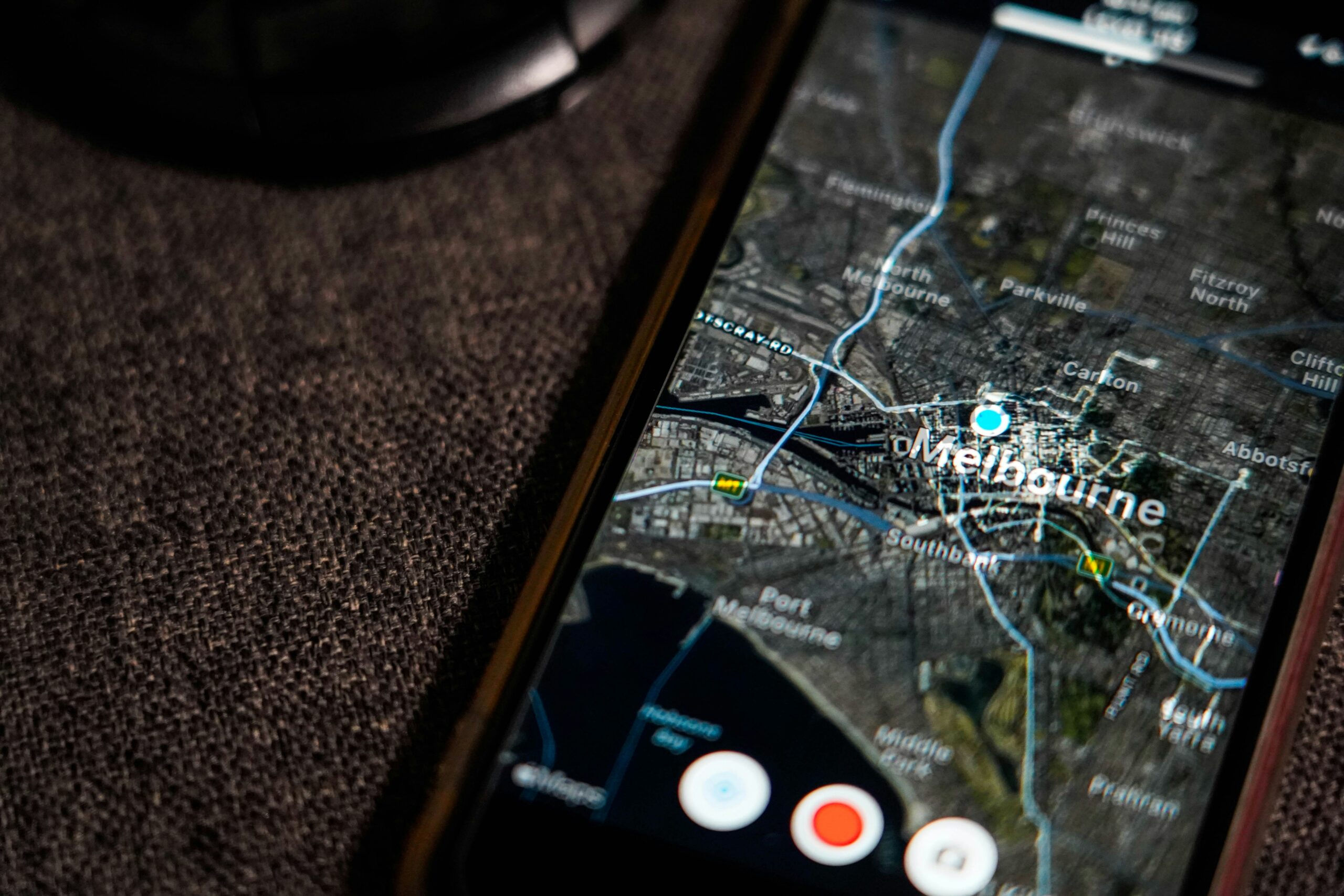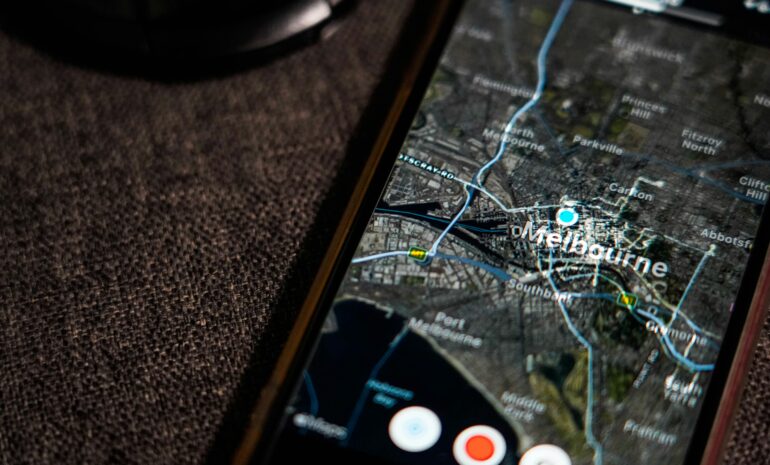AI-powered discovery is rapidly evolving, and at its core lies the intersection of language, location, and context. Large Language Models (LLMs) like ChatGPT, Gemini, and Claude excel at interpreting natural language queries, while geocoding and mapping services turn those queries into actionable, location-specific insights.
For SaaS SEO providers managing multi-location brands, integrating LLM APIs with geocoding and mapping APIs creates a powerful toolkit for local discoverability. This combination not only improves how businesses are surfaced in search but also enables advanced use cases such as real-time recommendations, predictive navigation, and geo-contextual marketing.
Why LLMs + Geospatial Data = The Future of Local SEO
Traditional local SEO relied heavily on keywords and directories. Today, LLMs understand queries in context:
- “Show me a quiet café with WiFi between Union Square and Midtown.”
- “Where’s the closest urgent care that’s open right now near my hotel?”
- “Find family-friendly restaurants with parking near Disneyland.”
On their own, LLMs can parse these queries semantically. But to deliver accurate answers, they must integrate with geocoding and mapping services that translate human intent into coordinates, distances, and neighborhood context.
How Integration Works
1. Natural Language Parsing via LLMs
The LLM interprets the query: entity type (restaurant, pharmacy), filters (WiFi, open now), and context (near a landmark, on a route).
2. Geocoding & Reverse Geocoding
Mapping services translate addresses, landmarks, or “near me” into latitude/longitude coordinates. Reverse geocoding maps coordinates back into human-readable addresses.
3. Spatial Querying
LLMs query mapping APIs to filter businesses by distance, travel time, or geo-boundaries. Example: all coffee shops within 0.5 miles of a subway station.
4. Geo Grid Analysis (Optional Layer)
By adding a Geo Grid API (like the one Ezoma provides), providers can measure how visible a business is across a city grid. This lets brands understand where they appear in AI-driven searches and identify coverage gaps.
5. Result Synthesis
The LLM combines spatial filtering with business attributes (hours, reviews, amenities) and responds in natural language:
“Joe’s Coffee is open now, has free WiFi, and is a 5-minute walk from Union Square.”
Benefits for Multi-Location Brands
- Hyper-Accurate Recommendations: Instead of broad “near me” results, businesses appear in AI-driven answers tied to landmarks, routes, or neighborhoods.
- Scalable Contextual SEO: Each location can be enriched with spatial + semantic attributes that LLMs can understand.
- Better Competitive Intelligence: Using tools like Geo Grid APIs, brands can map visibility across search engines and AI platforms by location.
- Improved Customer Experience: Customers get answers tailored to their real-world movements and context, not just static proximity.
Challenges to Address
- Data Standardization: Inconsistent or incomplete listings reduce accuracy when integrated with mapping APIs.
- API Complexity: LLM APIs + mapping APIs require careful orchestration to avoid latency or errors.
- Scale: Multi-location brands must manage hundreds of geospatially enriched records in real time.
- Attribution: Proving ROI requires tying LLM + mapping-based discovery to actual store visits or conversions.
Best Practices for SaaS SEO Providers
1. Ensure Enriched and Structured Listings
Include schema markup and business attributes like hours, amenities, accessibility, and categories. LLMs need structured inputs to connect queries with mapping results.
2. Integrate with Multiple Mapping Providers
Don’t rely solely on Google Maps. Apple Maps, OpenStreetMap, and Bing Maps all feed into AI ecosystems differently.
3. Leverage a Geo Grid API
Platforms like Local Data Exchange’s Geo Grid API allow providers to test visibility across AI search engines by spatial grid. Example: how a business appears in Perplexity or Gemini depending on where a user is standing in the city.
4. Automate API Workflows
Create pipelines that connect LLM query parsing → mapping service lookups → AI-optimized business listings.
5. Monitor Performance Across Engines
Test regularly on ChatGPT, Gemini, Bing Copilot, and Perplexity to ensure clients appear consistently across AI discovery tools.
The Role of Ezoma
Ezoma enables SaaS SEO providers to integrate LLM APIs, mapping services, and our Geo Grid API into a unified workflow:
- Syndicates and standardizes multi-location data across 100+ platforms.
- Ensures listings are AI-readable and mapping-compatible.
- Provides Geo Grid visibility analysis, so brands know how they surface across city blocks, not just zip codes.
- Makes it possible to tie SEO performance directly to geospatial discoverability in AI-driven search engines.
For multi-location brands, Ezoma is the connective tissue between AI models, mapping services, and business listings. Ensuring discoverability at scale.
Integrating LLM APIs with geocoding and mapping services is a technical upgrade and the foundation of AI-driven local SEO. By combining semantic interpretation, geospatial intelligence, and visibility analysis, SaaS SEO providers can help clients dominate in hyperlocal search.
And with tools like Local Data Exchange’s Geo Grid API, providers can not only integrate AI and mapping services but also measure and optimize real-world discoverability.
The future of local SEO belongs to those who can connect language, location, and intelligence into seamless customer experiences.


